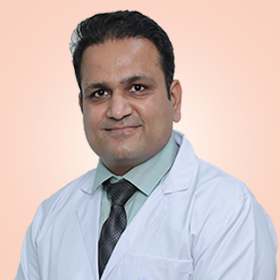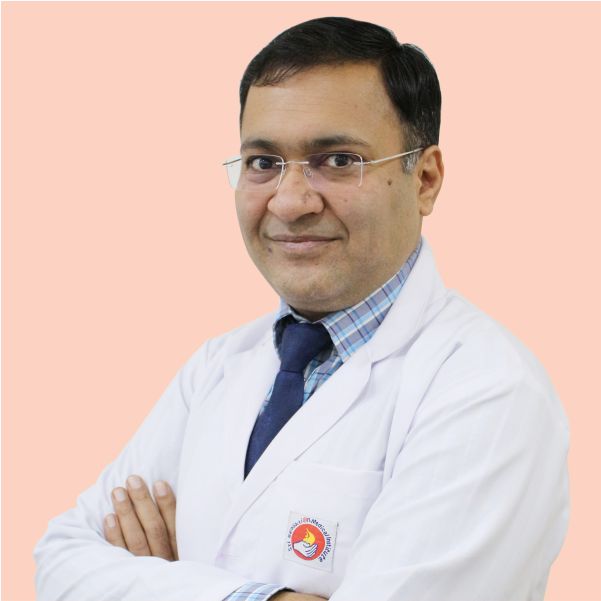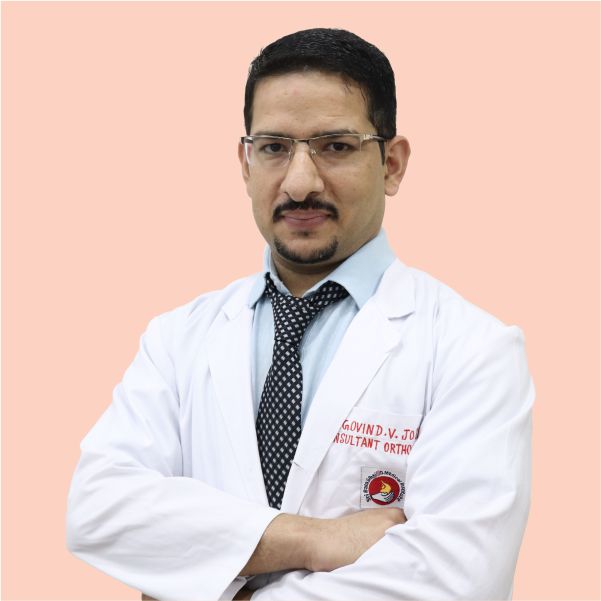Orthopaedic trauma refers to injuries involving the musculoskeletal system, which includes bones, joints, ligaments, tendons, and muscles. These injuries often result from accidents, falls, sports mishaps, or other traumatic events. Orthopaedic trauma care is a specialized branch of medicine dedicated to the assessment, treatment, and rehabilitation of such injuries. It encompasses a range of techniques and approaches designed to restore mobility, functionality, and quality of life for individuals affected by traumatic musculoskeletal injuries.
Key Diseases Treated By Orthopaedic Trauma Care
- Fractures: Treatment of broken bones, ranging from simple fractures (a clean break with minimal damage to the surrounding tissue) to complex fractures (involving multiple breaks or shattered bones).
- Dislocations: This involves the displacement of bones in a joint, often requiring immediate medical attention to realign the bones.
- Ligament Injuries: Injuries to the ligaments, such as tears or sprains, often occur in joints like the knee (ACL, MCL tears) or ankle.
- Tendon Injuries: Treatment of ruptured or torn tendons, which connect muscle to bone. This includes injuries like Achilles tendon ruptures.
- Pelvic and Hip Injuries: These can range from fractures in the pelvic ring to dislocations and fractures of the hip joint.
- Spinal Injuries: Treatment of vertebral fractures, dislocations, or other injuries that can impact the spinal cord and nerves.
- Complex Traumatic Injuries: This includes multiple injuries to the musculoskeletal system, often seen in victims of serious accidents or falls.
- Compartment Syndrome: A serious condition where pressure builds up within the muscles, potentially leading to muscle and nerve damage.
- Post-Traumatic Reconstruction: This involves surgical procedures to repair and reconstruct bones and joints after severe trauma, including correcting deformities and improving function.
- Infection Management: Managing infections that can occur in bones (osteomyelitis) or joints (septic arthritis), especially after open fractures.
- Amputations: In severe cases where limbs cannot be saved, orthopaedic trauma care may involve performing amputations and subsequent rehabilitation.
- Nonunions and Malunions: Treatment of fractures that have failed to heal (nonunions) or have healed improperly (malunions).
Key Procedure
- Open Reduction and Internal Fixation (ORIF): This surgery is used to repair and stabilize a severe fracture. The bone fragments are first repositioned (open reduction) into their normal alignment and then held together with internal fixation devices like metal plates, screws, or rods.
- External Fixation: In this procedure, surgeons insert pins or screws into the broken bone, just above and below the fracture site. These pins or screws are connected to a stabilizing bar outside the skin. It's used when the skin and muscles around the fracture are not in good condition for ORIF.
- Intramedullary Nailing: This technique is often used for fractures of long bones like the femur. A long metal rod is inserted into the marrow canal of the bone, stabilizing the fracture from the inside.
- Arthroscopic Surgery: Though less common in trauma, arthroscopy can be used for certain injuries. This minimally invasive surgery involves inserting a camera and instruments through small incisions to repair joint injuries.
- Bone Grafting: This is performed to repair complex fractures that may not heal properly. Bone grafting involves transplanting bone tissue from another part of the body or using donor or synthetic bone to help repair the damaged bone.
- Limb Lengthening and Reconstruction: Procedures to correct deformities or discrepancies in limb length resulting from trauma. This can involve cutting the bone and slowly separating the pieces, allowing new bone to grow in the gap.
- Debridement and Management of Open Fractures: This involves cleaning the wound and removing dead tissue, foreign objects, and contaminated material to prevent infection and promote healing.
- Treatment of Compartment Syndrome: This is a surgical emergency requiring a procedure called fasciotomy, where the skin and fascia are cut to relieve pressure within the muscle compartment.
- Treatment of Nonunions and Malunions: Addressing fractures that haven’t healed properly, either by stimulating bone growth (with bone grafts or biological agents) or by re-breaking and correctly aligning the bone.
- Pelvic and Acetabular Surgery: Specialized procedures for complex fractures of the pelvis and hip socket, which are critical for weight-bearing and mobility.
Key Advantages
- Specialized Expertise: Orthopedic trauma departments are staffed by surgeons and medical professionals who specialize in treating complex and severe bone, joint, and muscle injuries. This expertise ensures high-quality care tailored to the specific needs of trauma patients.
- Integrated Care: These departments provide comprehensive care, from emergency treatment and surgery to rehabilitation and follow-up. Patients benefit from a continuum of care, which is important for complex trauma cases.
- Immediate and Emergency Care: Orthopedic trauma departments are equipped to provide immediate care for acute injuries, which is crucial in preventing complications and promoting better long-term outcomes.
- State-of-the-Art Equipment: They often have access to the latest medical technologies and equipment, which aids in accurate diagnosis, effective treatment, and comprehensive rehabilitation.
- Multidisciplinary Approach: Treatment in these departments typically involves a team of specialists, including orthopaedic surgeons, neurosurgeons, plastic surgeons, physiotherapists, occupational therapists, and pain management experts, ensuring all aspects of a patient's injury and recovery are addressed.
- Focus on Rehabilitation: These departments place a strong emphasis on rehabilitation, helping patients regain strength, mobility, and function, which is vital for returning to daily activities and improving quality of life.
- Patient Education and Support: They provide patients and their families with education about the injury, the healing process, and the necessary steps towards recovery, including injury prevention strategies for the future.
- Customized Treatment Plans: Care plans are tailored to the individual's specific injuries, lifestyle, and recovery goals, ensuring a personalized approach to treatment and rehabilitation.
Call 011-42888888 to book an appointment with a specialist at Sri Balaji Action Medical Institute.


.jpg)
